Hi All,
Please see my Inspiration Report on robotic pets in the library.
I think I need some robotic pet therapy now…
😞🤪😂🤙🏽
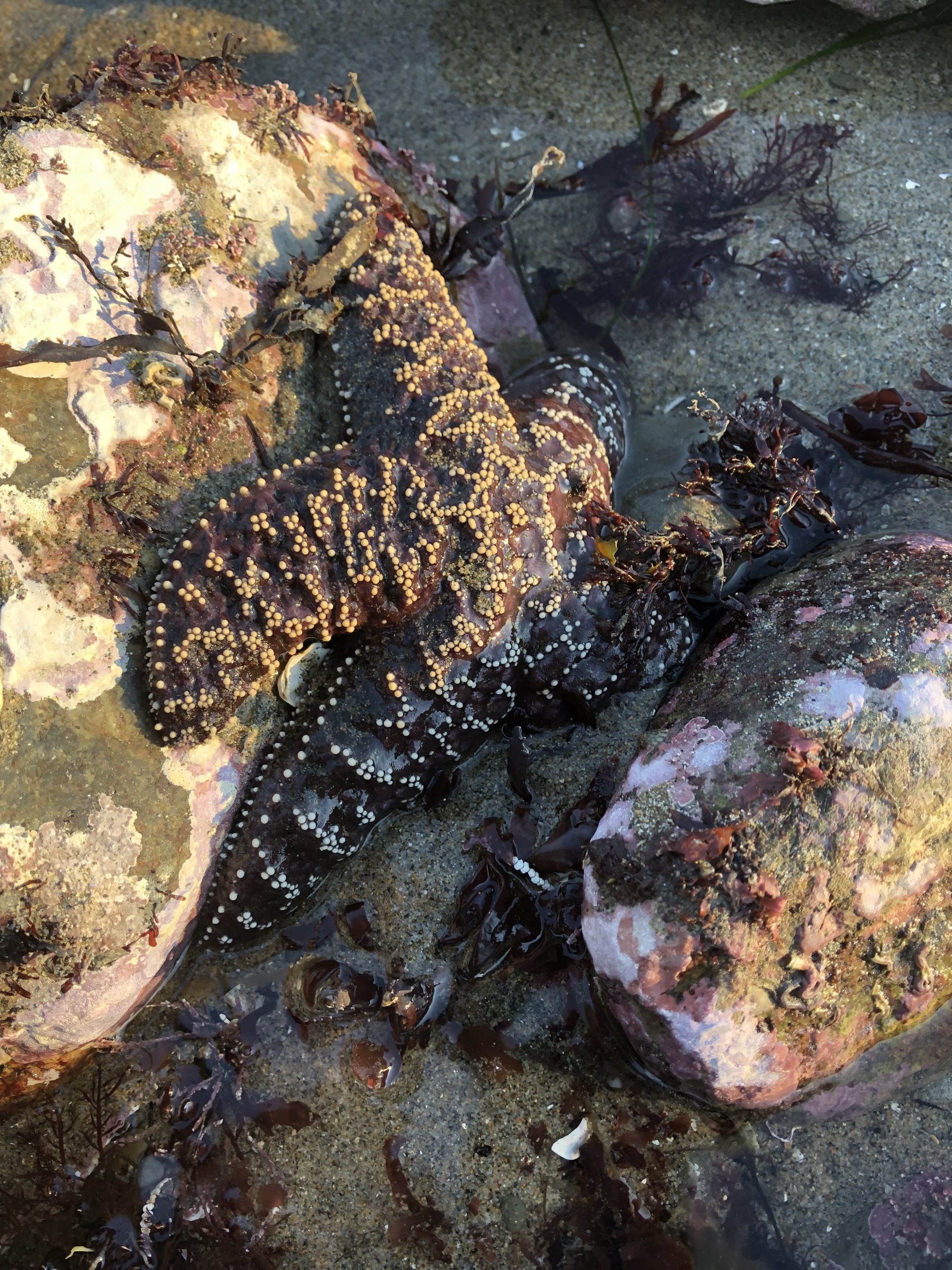
Nice to See Ya!
Hi All,
Please see my Inspiration Report on robotic pets in the library.
I think I need some robotic pet therapy now…
😞🤪😂🤙🏽
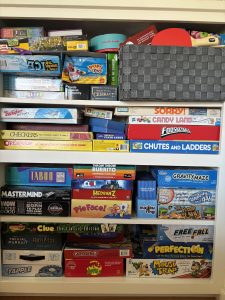
The Open Hearts, Open Minds project is my Innovation Strategy & Roadmap for a program designed to create positive and lasting connections between library staff, patrons experiencing homelessness and law enforcement officers. Many of us who work in public libraries (or not) may be aware of the often contentious relationship between the library, police department and the homeless.
What if we could create opportunities for officers and this community to get to know one another on a personal level by playing board games together, thereby establishing rapport, understanding and perhaps even connecting people with needed services? When you play a card or board game with someone, everyone starts on the same, level playing field and you get to know someone pretty quickly. This program, coupled with the addition of hourly personal belonging lockers is an attempt to remove barriers and communicate the message that the library supports all of its community members.
I wanted to include this news segment from CBS News Wire I found during my research for this project. It takes the idea of “board games with cops” steps farther and educates people about how to safely and lawfully interact in an encounter with law enforcement.
CBS News Wire. (2020, September 29). Board game aims to teach people how to interact with police. WREG Memphis. https://wreg.com/news/board-game-aims-to-teach-people-how-to-interact-with-police/
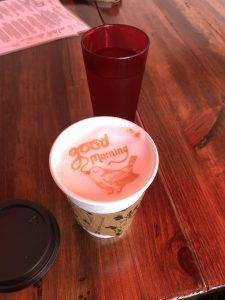
Admittedly, before I started my path down library lane, I was not a library user. My experience using the library was limited to a few sparse visits for research projects that produced disappointing results. My passion for working in the library field was ignited when I learned from a mama friend/alumna of the SJSU program that Library and Information Science could be so much more than what most people envision the traditional “library model” to be. The idea that librarians can turn this traditional paradigm on its head, create thousands of little tendrils that reach out to grab you from wherever you are, that is what excites me the most. To me, this describes Michael Stephens’ “Hyperlinked Library” model. Perhaps it’s a friendly octopus whose mission in life is to help you find something that you didn’t know you were looking for.
Now, I am working part-time as a library aide in my hometown’s public library. This position has afforded me the invaluable experience of witnessing operations from the ground level. 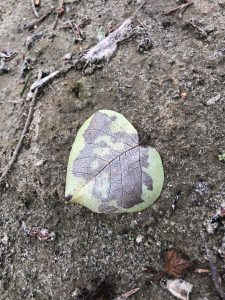 The organizational processes of circulation, the human interaction, learning something new every day, and knowing that I am a part of an institution that provides physical and mental refuge for people is the most fulfilling feeling. I have found what I had been searching for in a career. To paraphrase Brian Mathews in his 2012 paper, Think Like a Startup, the goal of library institutions is to help people become more successful. We, as library professionals, can define success in ourselves as we strive to serve others in this way.
The organizational processes of circulation, the human interaction, learning something new every day, and knowing that I am a part of an institution that provides physical and mental refuge for people is the most fulfilling feeling. I have found what I had been searching for in a career. To paraphrase Brian Mathews in his 2012 paper, Think Like a Startup, the goal of library institutions is to help people become more successful. We, as library professionals, can define success in ourselves as we strive to serve others in this way.
There are more and more examples of how libraries are implementing this innovative idea all over the world and embracing change, rather than creating rules.  One such example is the inspirational DOK Public Library, in Delft, Holland, seen on right. The Microsoft Surface table adjacent to the service desk is an interactive, technological tool that gives the user the power to add details to the story as they browse through a myriad of pictures of themselves and friends on a large, table-like screen. The grandchild to the beloved Pac Man table! This installation sends the message to users, “We want you to use this. We want to hear from you. You and your information are valued.”
One such example is the inspirational DOK Public Library, in Delft, Holland, seen on right. The Microsoft Surface table adjacent to the service desk is an interactive, technological tool that gives the user the power to add details to the story as they browse through a myriad of pictures of themselves and friends on a large, table-like screen. The grandchild to the beloved Pac Man table! This installation sends the message to users, “We want you to use this. We want to hear from you. You and your information are valued.”

Another example that made me say, “Wow!” is the Chicago Public Library (above). As one young customer states in CPL’s promotional video, “It’s fun here. All my friends are here. There’s a bunch of random stuff you can do.” The video includes young people making everything from 3-D models for a film, to dancing, making music and designing circuit boards. These opportunities for exploration, creation and encouraging inclusion and lifelong learning for all is, in the words of Michael Stephens, the “Heart of Librarianship” (2016).
All of these amazing ways libraries are doing things that traditionally libraries “don’t do” are beacons of light to swim toward for every library and its users. 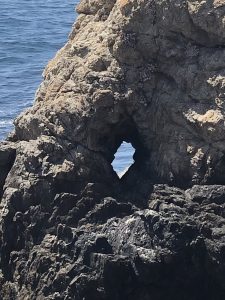 But now having a little experience in a real public library world under my belt, I can see how librarians have become so disenchanted by having every great intention to create something wonderful squashed by roadblocks of funding and policy red tape (think of poor Artax, in the Swamp of Sadness from the NeverEnding Story, as a metaphor).
But now having a little experience in a real public library world under my belt, I can see how librarians have become so disenchanted by having every great intention to create something wonderful squashed by roadblocks of funding and policy red tape (think of poor Artax, in the Swamp of Sadness from the NeverEnding Story, as a metaphor).
In Casey and Stephens’ 2007 article, Turning ‘No’ Into ‘Yes,’ they describe such a phenomena as a very common experience:
Good employees who were once open to change and receptive to new ideas become entrenched in their positions and somewhere along the way become closed, curmudgeonly, and unreceptive to new ideas.
It is easy to become mired in workaday life, but Casey and Stephens challenge us to buck the muck and mire. 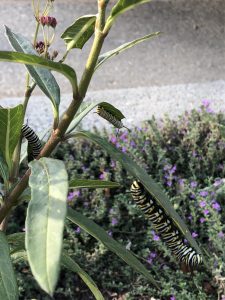 By offering opportunities to enhance library operations with a regular and consistent means to evaluate suggestions, small victories can be achieved:
By offering opportunities to enhance library operations with a regular and consistent means to evaluate suggestions, small victories can be achieved:
Get around the problem of “no” by creating an innovation workgroup. This team, charged with accepting new ideas and using the vertical-team format to give them all a fair and impartial review, can meet monthly to examine the newest crop of suggestions and ideas. (Casey & Stephens, 2007)
The idea that libraries can support “yes” and find creative ways to get around “no” is a surprising way for most people to think of what the library means. It challenges us information professionals to strive for excellence in creative problem-solving, in “Hyperlinking” users to the library in unexpected ways. In closing, I’ll include a quote from Michael Stephens’ Wholehearted Librarianship (2019), which I think sums up today’s plight of the librarian quite whimsically: “Please keep on learning, dreaming, and looking for ways you can make a difference in the lives of your users.”
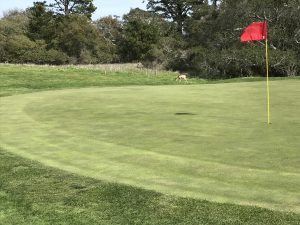
References
Casey, M., & Stephens, M. (2007). Turning “no” into “yes.” Tame the Web. https://tametheweb.com/2007/05/01/turning-no-into-yes/
Chicago Public Library. (April 11, 2018). YOUmedia at CPL. [Screenshot & Video]. YouTube. https://www.youtube.com/watch?v=v8G4nnlgKmk
Mathews, B. (2012). Think like a start up. https://vtechworks.lib.vt.edu/server/api/core/bitstreams/77d2cb98-ddab-4543-9e47-b011819231b3/content
Stephens, M. (Nov. 7, 2011). Erik demonstrates surface & flikr app. [Screenshot & Video]. YouTube. https://www.youtube.com/watch?v=OCpY5zTv2Xo
Stephens, M. (2016). The heart of librarianship. ALA Editions. https://www.dropbox.com/s/gc9ecokb972xgil/HeartofLibrarianship.pdf?e=1&dl=0
Stephens, M. (2019). Wholehearted librarianship. ALA Editions. https://www.dropbox.com/s/jcg720db317y1fy/StephensWholehearted.pdf?e=1&dl=0
Still images by Laura Wecksler